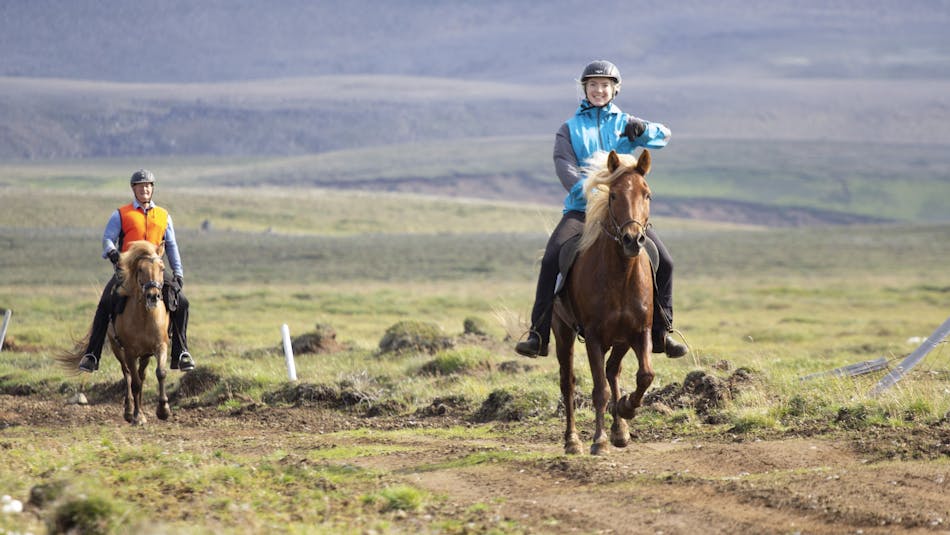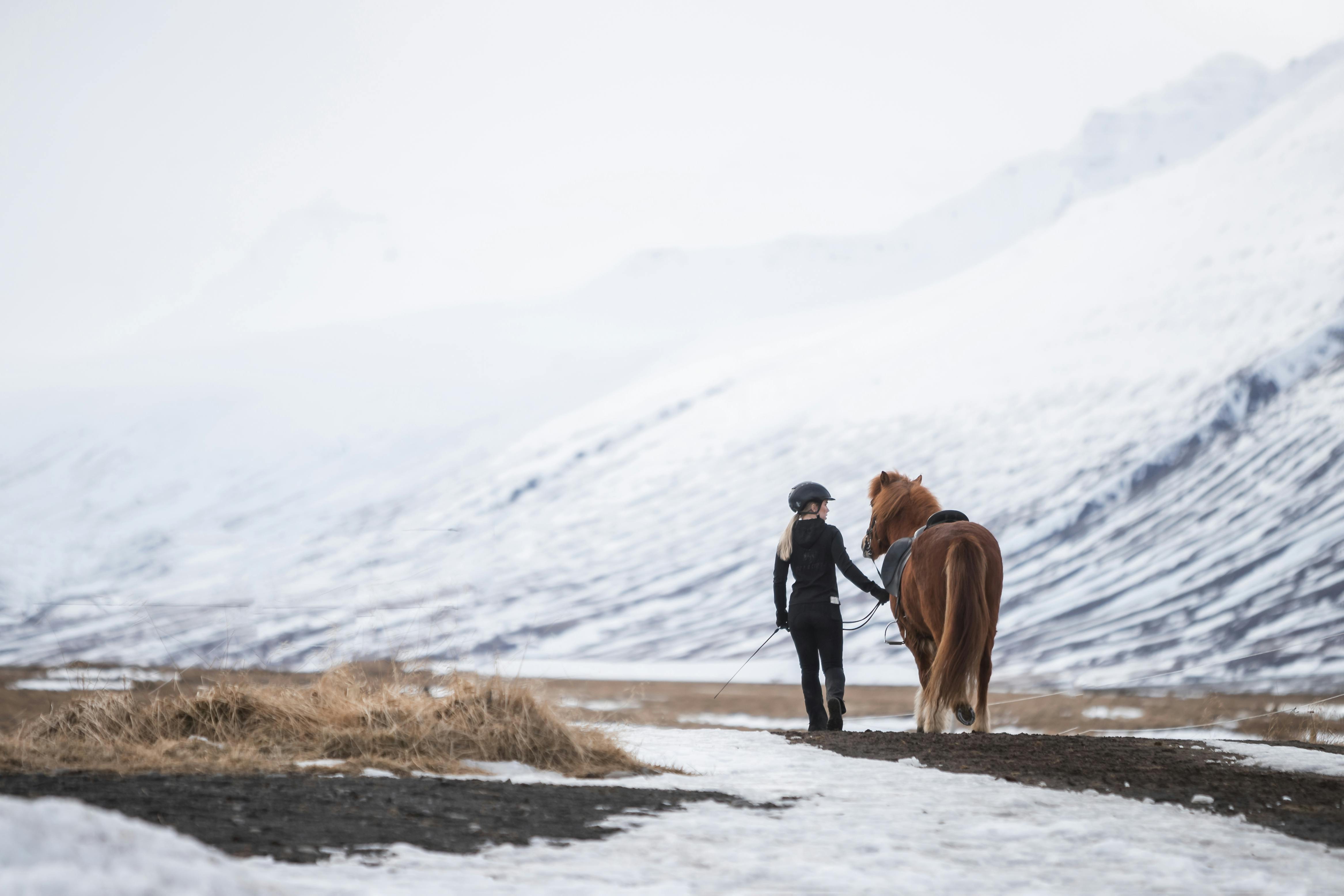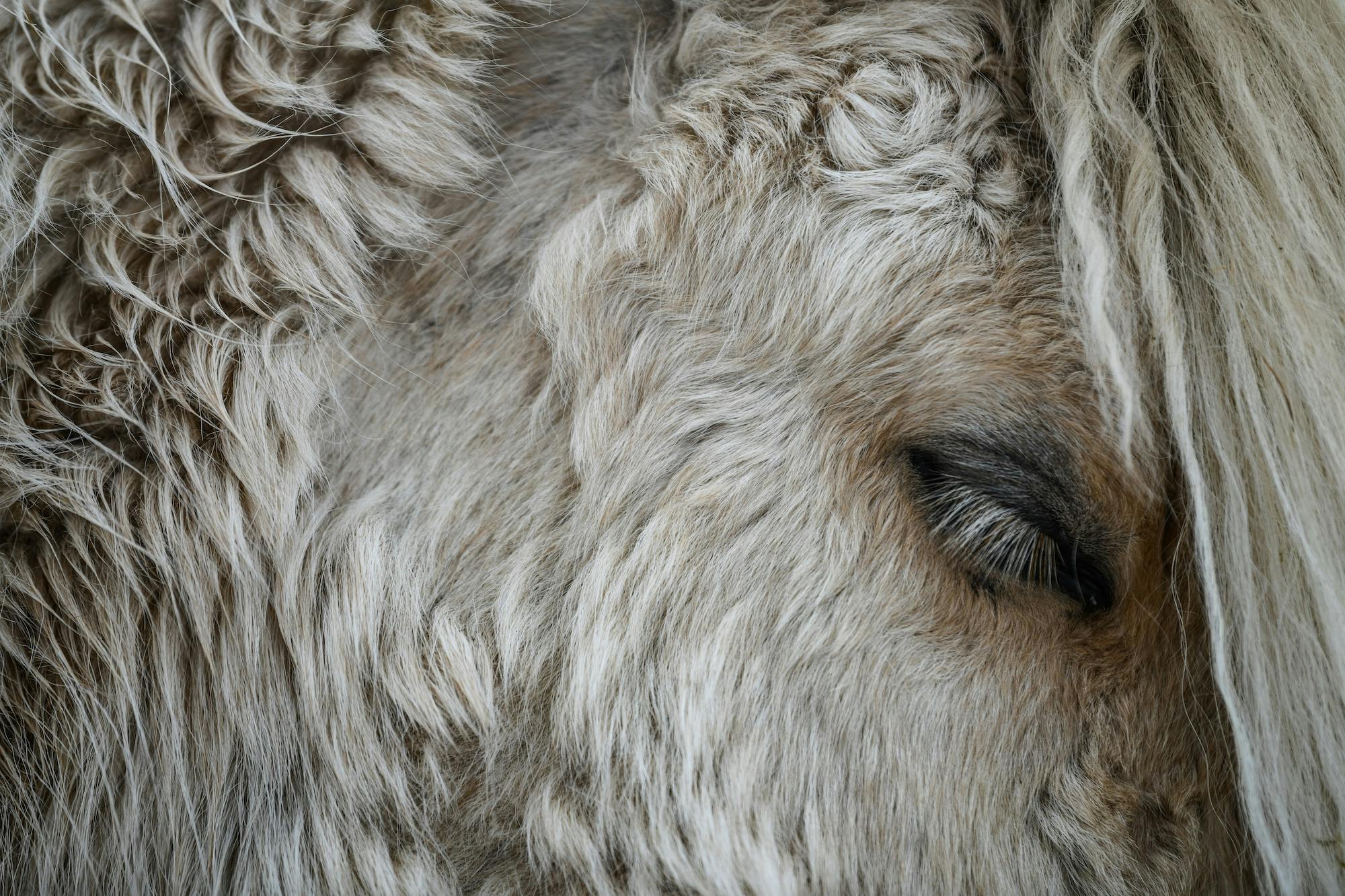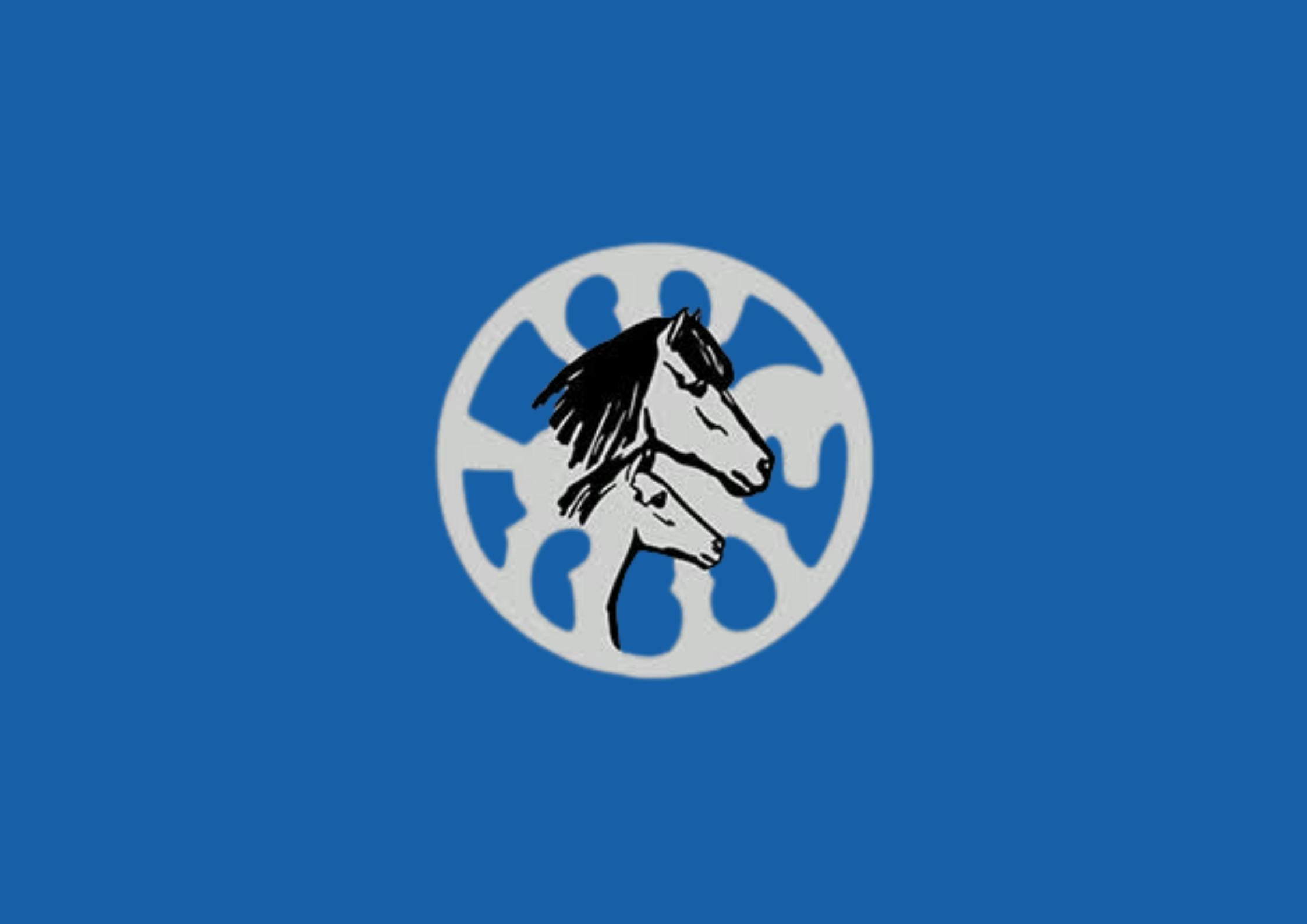Aug 24, 2022
Introduction to Endurance Races
Þolreiðar (endurance ride) is a competition that is extremely popular all over the world, but has not been competed in much in Iceland.

Þolreiðar (endurance ride) is a competition that is extremely popular all over the world, but has not been competed in much in Iceland. In the 1980s, there was competed in endurance riding for several years, where the ride was from Laxnes in Mosfellsdalur to Þingvellir National Park.
The FEI (Federation Equestre Internationale), the international association of equestrian sports, has recognized endurance riding as an international competition discipline since 1978, but the beginning of the competition discipline can be traced back to the military training of horses at the beginning of the 20th century. Distances in endurance riding competitions abroad are different, it is common for daily routes to be 80-160 km which rider and horse must complete in 12-24 hours, but there are also shorter races where you the race is 25-35 km long. Riders may run, walk or jog with their horses at any time, but must go over the finish line riding their horse.
The horse breed that has been considered the most suitable for endurance riding is the Arabian horse, which is extremely durable, but many other horse breeds have also been used with good results. A comparison of the Icelandic horse has revealed that the Icelandic horse is suitable for up to 70 km but in longer races, other horse breeds are more suitable.
The National Equestrian Association has set up an endurance riding competition where the rules have been adapted to Icelandic conditions and Icelandic horses. The competition has been named Survive Iceland, where a maximum of 10 riders compete, both Icelandic and foreign.
In the summer of 2021, a kind of trial tournament was held, to get experience on the competition rules, which veterinarian Helgi Sigurðsson undertook to adapt to Icelandic conditions. Four riders competed there, 2 Icelandic and 2 foreign riders, and the ride took place over four days starting up North in Skagafjörður, over Kjölur in the highlands and ending at Þingvellir. The test race went well and the horses were in good condition after the ride, and the organizers and riders generally considered the race to be a good success.
Survive Iceland will take place on the 25th to 28th of August, where 6-8 teams will participate. Each team consists of one rider, two assistants and three horses. The arrangement of Survive Iceland this year is that each rider rides 50-70 km per day on two horses where each horse travels about 25-35 km route, that way there is always one horse in each team resting every day. Competitors start with 5 minutes between them, and the time is taken for each route separately. Competitors will have tracking devices on them and it will be possible to follow the competitors on the website of the National Association of Horse Associations, www.lhhestar.is
Before the start of the competition, a veterinary examination is carried out, where the condition of the horse is examined in the saddle. An injury examination is carried out, the mouth is examined, checked for soreness in the back, tested for lameness, etc. Welfare, safety and respect for the horses is the absolute guiding principle of the competition. At the end of each phase, a veterinary examination is carried out where breathing and pulse are measured, legs and back are examined and whether the horse has suffered any injuries. If the horse's heart rate is above a certain limit 30 minutes after reaching the finish line, the rider receives a penalty point and minutes are added to the time. The rider also receives penalty points if injuries are on the horse. Thus, it is not necessarily the first rider that ends up with the best time on each route.
Dr. Med. Vet Helgi Sigurðsson, specialist in horses, is the veterinarian of endurance riding, but he was a pioneer in the development of endurance riding in Iceland in the years 1987-1992. Helgi is well known to horsemen and has been one of our leading veterinarians for over 40 years, receiving, among other things, recognition as an expert in horse diseases in 1994 and an honorary award from the Icelandic Equestrian Association in 2021.
Endurance riding is a very technical sport. The rider has to read the horse and the terrain, it is not successful to ride a lot in canter, often the ride is on foot and in the gait that the horse prefers. A sensible rider rides so that the horse is aimed well forward but is rarely galloping or going very fast, and taking a final sprint at high speed so that the horse's heart rate goes up can lead to penalty points. Endurance is not a sprint race.
The horses used in the endurance riding are all highly trained horses, experienced touring horses who have been on long trips around the highlands every summer for many years. The minimum age of horses in the competition is 8 years. It can be said that a certain type of horse is better suited for endurance riding than others, it is the bold, strong, patient, independent horse that enjoys endurance riding the most, it uses its energy sparingly but is willing to continue, a riding horse that all horsemen want to have.
Riders are selected to participate and go through a specific application process. The rider must have enormous endurance when riding 50-70km a day, be used to long day trips, an experienced, sensitive rider who can easily read the horse and the conditions.
The well-being of the horses in the competition will be carefully monitored with regular inspections and MAST will have a supervising veterinarian at the venues.
The purpose of reviving endurance riding in Iceland is multifaceted. First and foremost, the ancient hallmark of the Icelandic horse, i.e. stamina and endurance. The purpose is also to increase horsemen's interest in the endurance of their own horses and to make endurance riding a competitive discipline in this country. Endurance riding is well-suited to increase the interest of the general public who do not normally practice horse riding, to observe equestrian sport that is simple and easy to understand.
The Icelandic horse is a national treasure. He has followed the nation since colonization, was the most needed servant and had to be strong, persevering and move quickly. Icelanders have a duty to preserve his strength and endurance.

Oct 10, 2025
Free Webinar: Ride into the winter - motivated and healthy horses

Sep 25, 2025
Guadalupe Laiz publishes a new breathtaking book

Sep 10, 2025